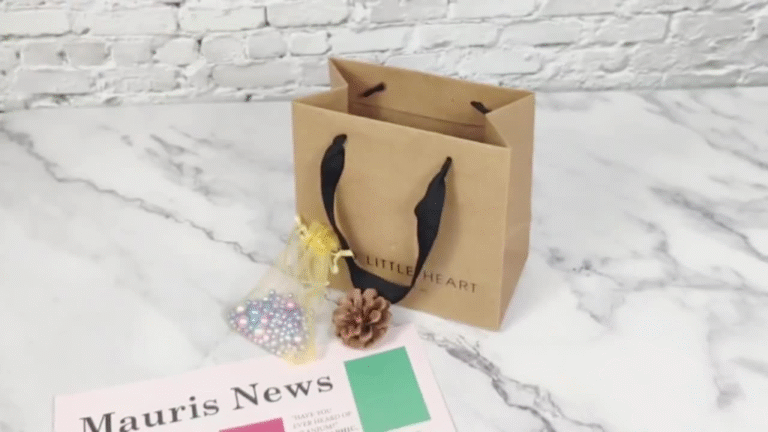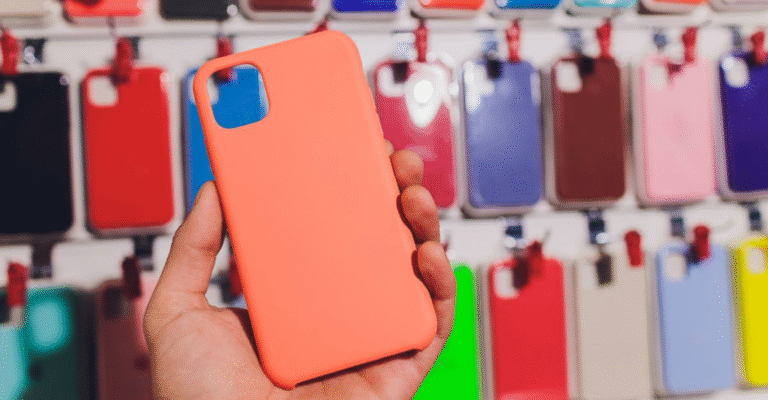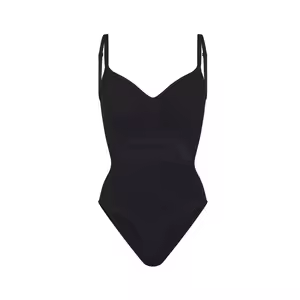
In a market flooded with handmade, organic, and luxury soaps, the box around the bar has never mattered more. Soap boxes aren’t just for display—they’re a legal requirement, a branding canvas, and a protective shell all in one. And in 2025, U.S. businesses selling soap must align with more than just visual appeal—they need compliance.
This guide breaks down what packaging rules apply to soap sellers, what materials and designs resonate with customers, and how Custom Packaging Pro helps brands stay ahead.
Why Soap Boxes Are More Than Just Packaging
A well-designed soap box instantly communicates brand identity and product quality. But beyond design, it ensures product safety, preserves scent and texture, and protects against environmental factors like humidity and handling.
Whether you’re selling at craft fairs, boutiques, or via e-commerce, packaging has to tick both creative and compliance boxes.
Legal Must-Haves for Soap Boxes in the U.S.
If your soap is marketed for cleansing and contains only oils and lye (traditional soap), it may be regulated by the Consumer Product Safety Commission (CPSC). But most commercial soaps fall under FDA guidelines. Here’s what you need:
| Requirement | Description |
| Product Identity | Clearly label it as “Soap” or specify type (e.g., exfoliating bar) |
| Net Quantity of Contents | Listed in both ounces and grams |
| Name & Address of Manufacturer | Must include street address unless listed in a directory |
| Ingredient List (for cosmetic soaps) | Required if soap is scented, dyed, or marketed for skin care |
| Tamper-Evident Seals | Optional but recommended for retail display |
Failing to follow these can result in fines or product removal from major platforms.
Popular Eco-Friendly Materials for Soap Boxes
Today’s customers care about what the product is in just as much as what it’s made of. Sustainable soap box materials include:
- Kraft Cardboard:Raw, rustic look; fully recyclable
- Corrugated Paperboard:Ideal for shipping and protection
- Recycled Paperboard with Window Cutouts:Great for retail
- Soy Ink & Water-Based Coatings:Safer and environmentally friendly
These materials align with the values of eco-conscious soap brands and buyers.
Types of Soap Boxes & Features
| Box Style | Use Case | Optional Features |
| Straight Tuck End | Ideal for shelf display | Embossed logos, spot UV, soft-touch matte |
| Reverse Tuck End | Compact and economical | Die-cut windows, foil stamping |
| Sleeve Packaging | Premium look for handmade or gift soaps | Belly bands, inserts, textures |
| Kraft Mailer Box | Subscription soaps or shipping bundles | QR codes, tear tabs, sustainable tape |
Choose packaging that aligns with your brand’s vibe—whether that’s artisanal, minimalist, or high-end.

Key Dimensions for Soap Boxes (Length × Width × Height)
| Size | Inches | Best For |
| Small | 2.5 × 1 × 3.5 | Travel soaps, hotel toiletries |
| Medium | 3.5 × 1.25 × 4 | Standard handmade bars |
| Large | 4.5 × 1.5 × 5 | Oversized or multi-pack soaps |
| Custom Fit | Fully adjustable | Irregular shapes or logo-centered |
Custom Packaging Pro offers die-cutting services to create any box dimension you need.
Creative Branding Tips for Soap Boxes
Want your soap to stand out in a saturated market? The secret lies in how you brand your packaging. Here are a few powerful strategies:
- Minimalist Labeling:Use whitespace strategically; let the texture of your material do the talking.
- Storytelling Inside the Box:Print a brief brand story or mission on the inside flap.
- Finish Matters:Matte finishes look high-end, while gloss feels clean and modern.
- Functional Art:Custom illustrations or handmade-style graphics boost perceived value.
These simple tweaks can increase shelf appeal and customer retention—especially for handmade or artisanal brands.
Soap Packaging Trends in 2025
As consumer awareness grows, so do the expectations from packaging. Here’s what’s hot in 2025:
- Refillable Soap Packaging:Some brands now offer reusable tins with compostable refills.
- Transparent Labeling:Full disclosure of ingredients and sustainability commitments builds trust.
- Texture-Driven Design:Raised ink, embossing, and layered finishes are on the rise.
- E-commerce Ready Boxes:Packaging designed specifically to survive shipping and look good upon arrival.
Brands that anticipate these trends position themselves as leaders—not followers.
Why Brands Trust Custom Packaging Pro
- Fully compliant soap box printing with U.S. guidelines
- Sustainable, customizable materials in bulk or low MOQ
- Fast turnaround (5–7 business days)
- In-house designers to assist with branding and FDA label layout
- Cost-effective pricing for startups and enterprise alike
FAQs
Q: What needs to be on a soap box label in the U.S.?
A: You need product identity, weight, manufacturer info, and ingredients if cosmetic.
Q: Are soap boxes required to be sealed?
A: Not always, but tamper-evident seals are recommended for retail products.
Q: Can I use kraft material for soap packaging?
A: Yes, kraft is popular for handmade and natural soap branding—and it’s recyclable.
Q: How can I customize soap boxes affordably?
A: Custom Packaging Pro offers low MOQ, fast design, and free consultation.
Q: What’s the ideal size for a soap box?
A: Most handmade soaps fit 3.5 × 1.25 × 4 inch boxes, but CPP can custom-fit any size.
Q: Do soap boxes have to include ingredients?
A: Yes, if your soap is marketed with any cosmetic claims or includes additives like color or fragrance, you must list ingredients.
Q: How long does it take to get custom soap boxes printed?
A: Custom Packaging Pro delivers most soap box orders in 5 to 7 business days.


Final Thoughts
In 2025, soap packaging must strike a perfect balance between creative design and federal compliance. Soap boxes that meet FDA guidelines, appeal to eco-conscious consumers, and reinforce your brand can significantly impact your product’s success.
Let Custom Packaging Pro handle the compliance, design, and delivery—so you can focus on what you do best: making great soap.





